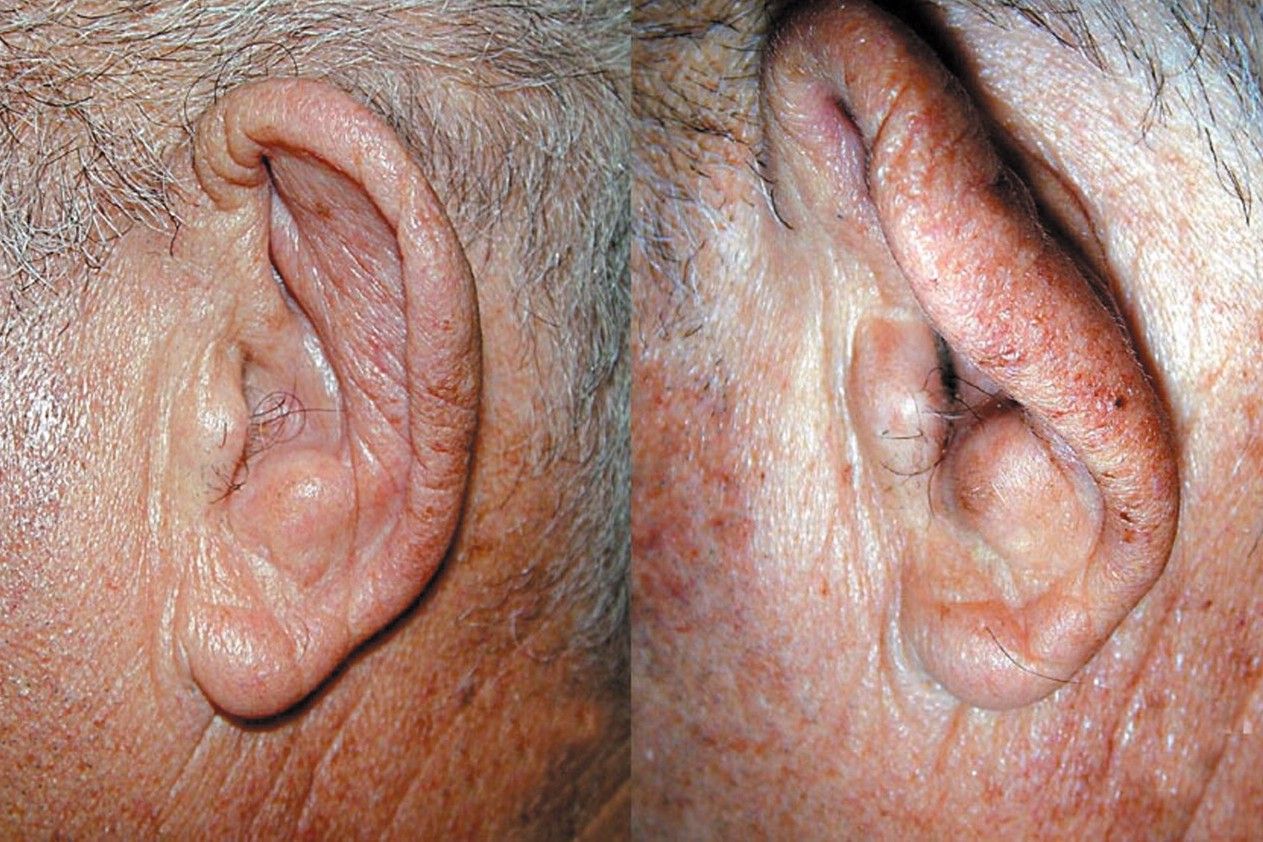
What is Chondritis? Chondritis is an inflammation of cartilage, the flexible tissue found in various parts of the body like the ears, nose, and joints. This condition can cause pain, swelling, and redness, making daily activities challenging. Why should you care? Understanding chondritis is crucial because it can affect anyone, from athletes to office workers. Knowing the symptoms and treatments can help you manage or even prevent this painful condition. How does it happen? Chondritis often results from injury, infection, or autoimmune diseases. What can you do? Early diagnosis and treatment are key to reducing discomfort and preventing complications. Stay informed and proactive about your health!
What is Chondritis?
Chondritis is an inflammation of cartilage, the flexible tissue found in various parts of the body like the ears, nose, and joints. It's a condition that can cause pain and discomfort, often requiring medical attention. Let's dive into some intriguing facts about this condition.
-
Chondritis can affect any cartilage in the body. While it commonly impacts the ears and nose, it can also affect joints and the rib cage.
-
Relapsing polychondritis is a rare form. This autoimmune disease causes repeated episodes of inflammation in cartilage and other tissues throughout the body.
-
Symptoms can vary widely. Pain, redness, and swelling are common, but some people may experience fever or fatigue.
-
It can be triggered by infections. Bacterial or viral infections can lead to chondritis, especially in the ear or nose.
-
Trauma is a common cause. Injuries from sports, accidents, or surgeries can damage cartilage, leading to inflammation.
Diagnosing Chondritis
Diagnosing chondritis involves a combination of medical history, physical exams, and sometimes imaging tests. Here are some key facts about the diagnostic process.
-
Physical exams are crucial. Doctors often start with a thorough physical examination to check for signs of inflammation.
-
Blood tests can help. These tests can identify markers of inflammation or autoimmune activity.
-
Imaging tests provide a clearer picture. X-rays, MRIs, or CT scans can help visualize the affected cartilage.
-
Biopsies are sometimes needed. In rare cases, a small sample of cartilage may be taken for further analysis.
-
Early diagnosis is important. Prompt identification and treatment can prevent complications and improve outcomes.
Treatment Options for Chondritis
Treating chondritis often involves managing symptoms and addressing the underlying cause. Here are some common treatment approaches.
-
Anti-inflammatory medications are commonly used. Nonsteroidal anti-inflammatory drugs (NSAIDs) can help reduce pain and swelling.
-
Steroids can be effective. Corticosteroids may be prescribed to control severe inflammation.
-
Antibiotics are necessary for infections. If a bacterial infection is the cause, antibiotics will be part of the treatment plan.
-
Immunosuppressants may be needed. For autoimmune-related chondritis, drugs that suppress the immune system can be helpful.
-
Physical therapy can aid recovery. Exercises and stretches can improve mobility and reduce stiffness.
Complications of Chondritis
If left untreated, chondritis can lead to several complications. Understanding these risks is crucial for managing the condition effectively.
-
Permanent damage to cartilage is possible. Chronic inflammation can lead to lasting damage and deformities.
-
Hearing loss can occur. Inflammation in the ear cartilage can affect hearing.
-
Breathing difficulties may arise. Chondritis in the nose or throat can obstruct airways, making breathing difficult.
-
Joint problems can develop. Inflammation in joint cartilage can lead to arthritis-like symptoms.
-
Increased risk of infections. Damaged cartilage is more susceptible to infections, which can complicate treatment.
Preventing Chondritis
While not all cases of chondritis can be prevented, certain measures can reduce the risk. Here are some preventive strategies.
-
Protective gear can prevent injuries. Wearing helmets and pads during sports can reduce the risk of cartilage damage.
-
Good hygiene is essential. Keeping wounds clean and avoiding infections can prevent chondritis.
-
Regular check-ups are important. Routine medical visits can help detect early signs of inflammation.
-
Managing autoimmune conditions is key. Proper treatment of autoimmune diseases can reduce the risk of chondritis.
-
Healthy lifestyle choices matter. A balanced diet, regular exercise, and avoiding smoking can support overall cartilage health.
Final Thoughts on Chondritis
Chondritis, an inflammation of cartilage, can affect various parts of the body, including the ears, nose, and joints. It’s often painful and can lead to complications if not treated properly. Knowing the symptoms, causes, and treatment options is crucial for managing this condition effectively. Early diagnosis and intervention can make a significant difference in outcomes.
Remember, maintaining a healthy lifestyle and seeking medical advice when symptoms arise can help prevent and manage chondritis. Stay informed and proactive about your health. If you suspect you have chondritis, consult a healthcare professional for a proper diagnosis and treatment plan.
Understanding this condition better equips you to handle it and support others who might be affected. Stay curious, stay healthy, and keep learning about the fascinating world of medical conditions.
Was this page helpful?
Our commitment to delivering trustworthy and engaging content is at the heart of what we do. Each fact on our site is contributed by real users like you, bringing a wealth of diverse insights and information. To ensure the highest standards of accuracy and reliability, our dedicated editors meticulously review each submission. This process guarantees that the facts we share are not only fascinating but also credible. Trust in our commitment to quality and authenticity as you explore and learn with us.
